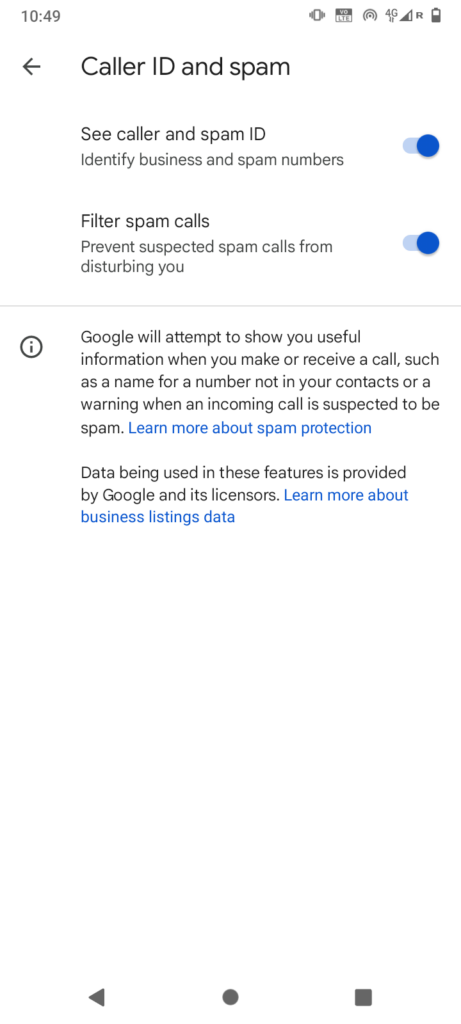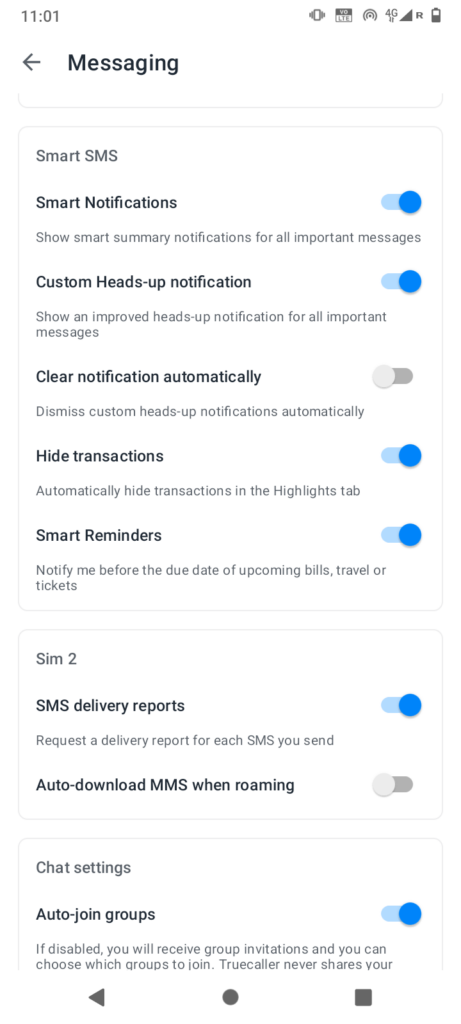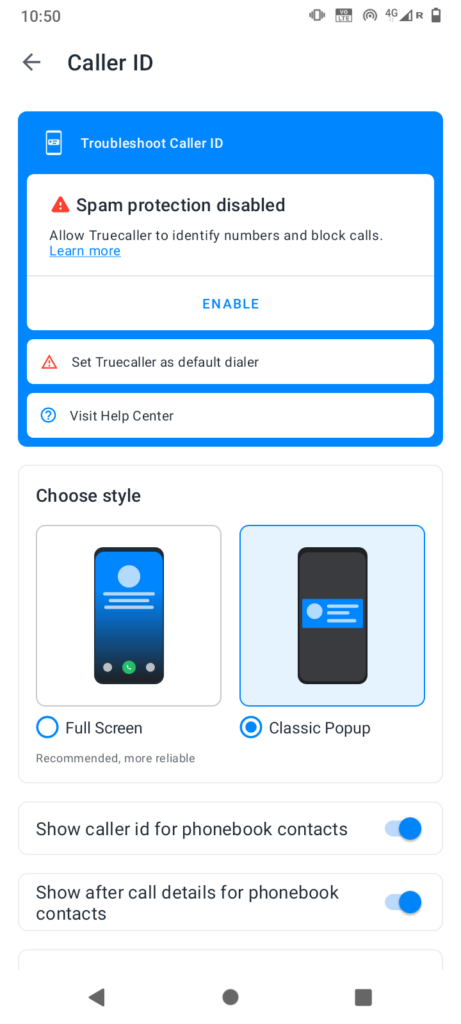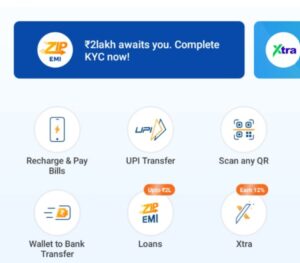We get calls from credit card companies or may have to answer a phone call from a random stranger even if we don’t want to. The conversations we have over the phone are nothing but a waste of time. During the time of Nokia basic phones, it was impossible to know the name of the caller until you saved the number to the contact list. Upon receiving such a call, you had no other option but to answer it. Modern mobiles can show the identity provided you use the right application. The apps maintain a database of contacts. They get the details of the person in real time and make you aware of the same. Two of the best caller ID applications are Truecaller and Google Phone.
The two applications will look up the details of the number in its database. If the number is labelled as spam in the DB, they will reject the call. The spam DB of the Google application gets updated automatically. You don’t have to do anything apart from updating GP from the Google Play Store whenever its new version is available. Users of its alternative have to update the DB manually. If you don’t update the same, TC may not be able to identify certain numbers.
Note: You will have to make TC or GP the default caller ID on your phone to make it work.



Google Phone is not customizable but its counterpart is. It only lets users activate or deactivate the spam blocking feature. In TC, you can choose the blocking method. You can select one of these two options – reject or ring silently. Truecaller supports two caller ID styles – full screen and popup. It can display the caller ID for numbers not in contact list only.
Let’s talk about identity. TC shows the name of the caller immediately. Each user has their own profile on this app. Google may or may not show the caller’s name. There’s no way to see the address of the person on its Phone application. GP doesn’t create a profile of the user. If the caller’s number is in your phone book, you will see the same when you tap on the
Google’s app doesn’t show advertisements. You will find an ad below 3 four numbers in TC. You will also find a large banner at the top of the list of calling history. To get rid of the advertisements, you must purchase one of the three subscriptions of the app. The price of the same starts at Rs 399 or 4 USD.
TC doesn’t reject the number even though it has this function built in. The phone will continue ringing even though it has classified the caller as spam. This is the biggest drawback of Truecaller.
Truecaller can function as a yellow pages book. It allows you to find phone numbers by name. For example, if you enter the word “tom” in the profile search interface of TC, the application will display all users whose first or last name contains the word “tom”. You can fine tune the search results by adding a location to the search option. GP doesn’t let you lookup numbers.
Google Phone doesn’t support backups but the Android OS does. TC can back up the call history, messages, media files received in the messages to Google Drive and restore the same when required.
TC enables users to set a reason for calling. This message will appear on other TC user’s caller ID. The app can show the WhatsApp calls in the history. It can announce incoming calls and remind you of missed calls. It can detect and hide transaction texts. TC can also auto download media file received in a MMS.
Which app is better? When Google Phone is set as default caller ID on my mobile, the battery usage is normal. When its counterpart is active, the battery drains faster. GP spam DB is not as vast as that of TC. Spammers or telemarketing companies change their number often. TC will be the first caller ID to identify the same. Are the ads distracting? Unless you open the dialer or the application, you won’t see the advertisement.


